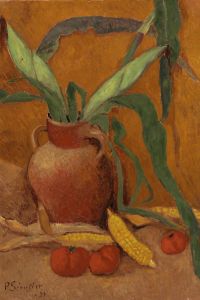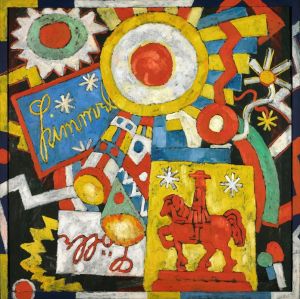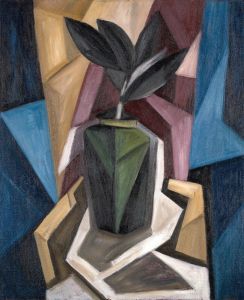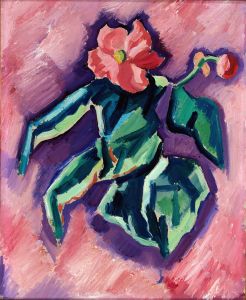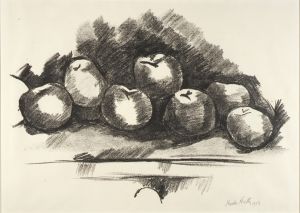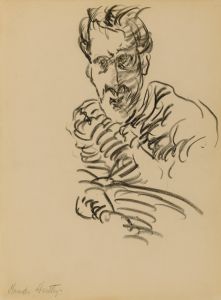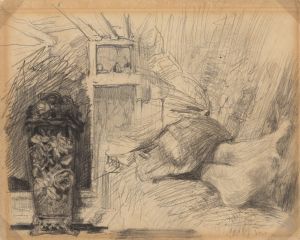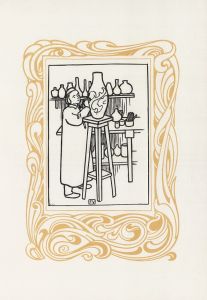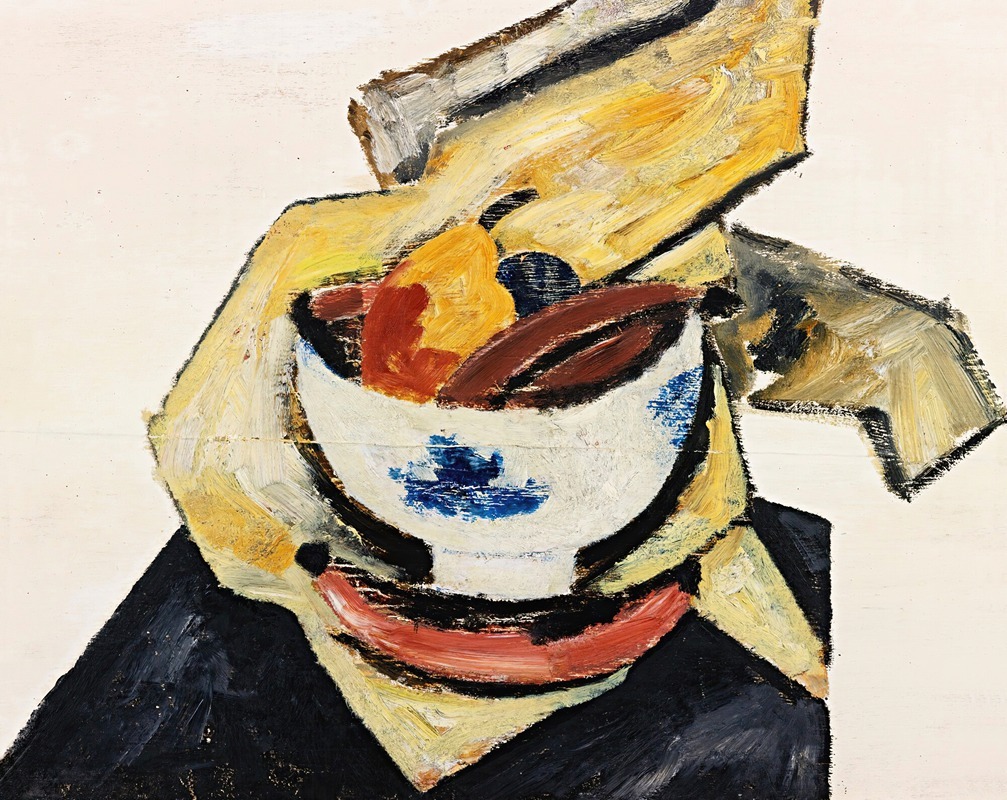
Still Life With White Bowl
A hand-painted replica of Marsden Hartley’s masterpiece Still Life With White Bowl, meticulously crafted by professional artists to capture the true essence of the original. Each piece is created with museum-quality canvas and rare mineral pigments, carefully painted by experienced artists with delicate brushstrokes and rich, layered colors to perfectly recreate the texture of the original artwork. Unlike machine-printed reproductions, this hand-painted version brings the painting to life, infused with the artist’s emotions and skill in every stroke. Whether for personal collection or home decoration, it instantly elevates the artistic atmosphere of any space.
Marsden Hartley was an American Modernist painter, known for his bold use of color and form. He was born in 1877 in Lewiston, Maine, and became a prominent figure in the early 20th-century art scene. Hartley's work often reflected his interest in spirituality, nature, and the landscapes of his native New England, as well as his experiences in Europe.
"Still Life With White Bowl" is one of Hartley's works that exemplifies his approach to still life painting. While specific details about this painting are scarce, it is consistent with Hartley's style during his mature period, where he often incorporated elements of abstraction and symbolism. His still lifes are known for their vibrant colors and dynamic compositions, which reflect his interest in both European modernism and American folk art.
Hartley spent significant periods of his career in Europe, where he was influenced by the avant-garde movements of the time, including Cubism and German Expressionism. These influences are evident in his still life paintings, where he often employed bold colors and simplified forms. The use of a white bowl in the composition could suggest a focus on form and contrast, typical of Hartley's work, where everyday objects are elevated to subjects of artistic exploration.
Throughout his career, Hartley was associated with several key figures in the art world, including Alfred Stieglitz, who was a major promoter of modern art in America. Stieglitz provided Hartley with opportunities to exhibit his work at his 291 Gallery in New York, which was instrumental in establishing Hartley's reputation as a leading modernist painter.
Hartley's still life paintings, including "Still Life With White Bowl," are characterized by their emotional intensity and symbolic content. He often imbued his works with personal significance, reflecting his inner thoughts and feelings. This personal dimension, combined with his innovative use of color and form, makes Hartley's still lifes distinctive within the canon of American modern art.
In addition to his still lifes, Hartley is well-known for his landscapes and portraits, which also reflect his modernist sensibilities and his deep connection to his surroundings. His work continues to be celebrated for its boldness and originality, and he is regarded as one of the key figures in the development of American modernism.
While specific exhibitions or collections featuring "Still Life With White Bowl" are not widely documented, Hartley's works are held in numerous public and private collections, including major institutions such as the Metropolitan Museum of Art and the Museum of Modern Art in New York. His legacy as a pioneering modernist painter remains influential, and his works continue to be studied and appreciated for their contribution to the evolution of modern art in America.





